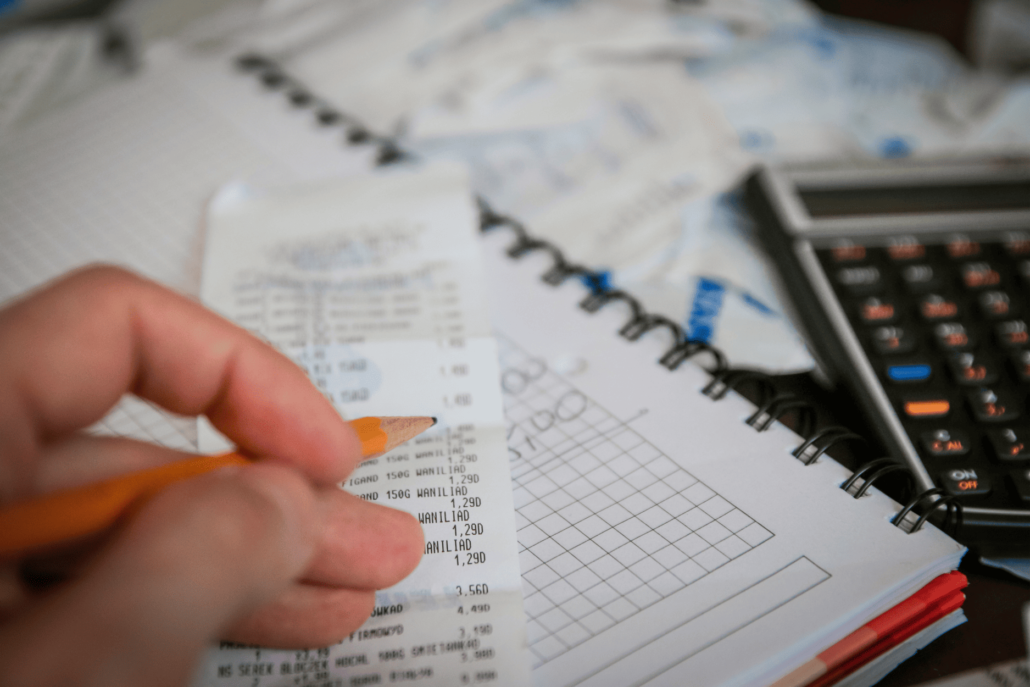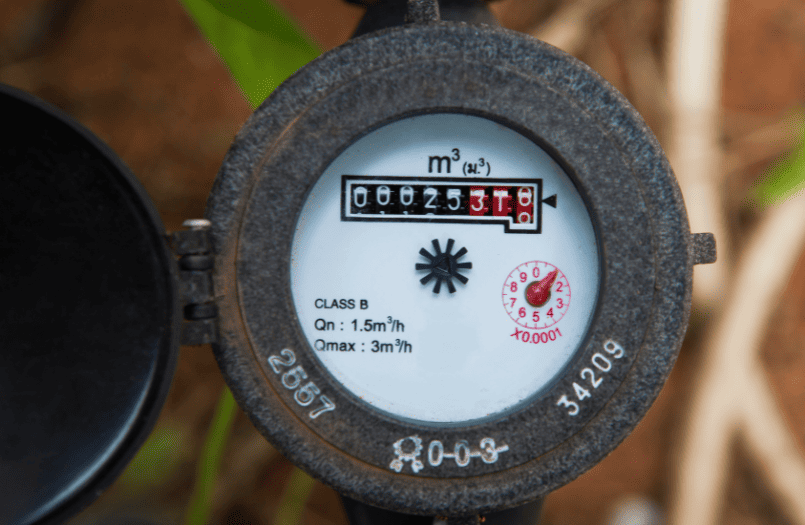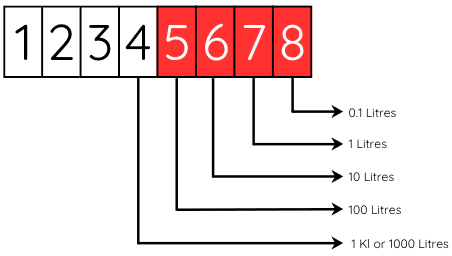Differences Between Postpaid and Prepaid Metering
/in Billing Type, Postpaid, Prepaid/by Prestige Metering ServicesDifferences Between Postpaid and Prepaid Metering

When managing utility services, choosing between postpaid and prepaid metering is a crucial decision. At Prestige Metering Services, we offer both solutions, each tailored to different needs and preferences. In this post, we explore the differences between postpaid and prepaid metering.
Understanding Postpaid Metering
Postpaid services operate on a usage-first, pay-later model. Here’s how it works:
- Monthly Billing: With postpaid services, your utility usage is recorded at the end of a billing cycle, and an invoice is issued with a due date.
- Ease of Monitoring: We provide detailed monthly statements that breakdown consumption, offering transparency in usage.
- Best For: Postpaid options are ideal for tenants or property owners who prefer monthly billing cycles and the ability to analyze their consumption.
Advantages:
- Transparent and detailed usage records.
Considerations:
- Budgeting is essential to manage monthly expenses.
- Unexpected high bills can occur, for instance, in cases of water leaks.
- Late payments could result in penalties or service disruptions.
Exploring Prepaid Metering
Prepaid services, on the other hand, are pay-before-you-use models. Here’s how they function:
- Token-Based System: Customers purchase tokens via our prepaid app or various other channels to load on their prepaid meter.
- Real-Time Monitoring: Usage is deducted from your balance in real-time, providing greater control over consumption.
- Best For: Prepaid options are perfect for those who prefer to avoid bills and manage utilities on a pay-as-you-go basis.
Advantages:
- Greater control over utility usage and spending.
- No surprise bills at the end of a billing cycle.
- Convenient and flexible top-ups via our app or other channels.
Considerations:
- Regular monitoring of balances is required to prevent service interruptions.
Making the Right Choice
The decision between postpaid and prepaid utilities often comes down to lifestyle and financial preferences. Here are a few questions to guide your choice:
- How much control do you want over your usage? Prepaid systems allow for immediate feedback on consumption, while postpaid systems provide detailed usage summaries after the fact.
- Are you planning to rent out your property? Prepaid is highly recommended for landlords, as they eliminate the risk of unexpected utility bills that you, as the owner, would be responsible for.
- Do you want to save more on utilities? Prepaid options often help users save significantly because they can see the real-time effect of their consumption and immediately adjust or detect inefficiencies.
Why Choose Prestige Metering Services?
At Prestige Metering Services, we prioritize transparency, customer satisfaction, and innovative solutions. Whether you opt for postpaid or prepaid utilities, our team is here to ensure seamless service and support. With our user-friendly prepaid app and commitment to efficient billing, we make utility management straightforward and stress-free.
Ready to choose the plan that works for you? Contact us today to learn more about our postpaid and prepaid options or to get started!
WhatsApp: 076 486 8582
General Email Address: info@prestige-metering.co.za



